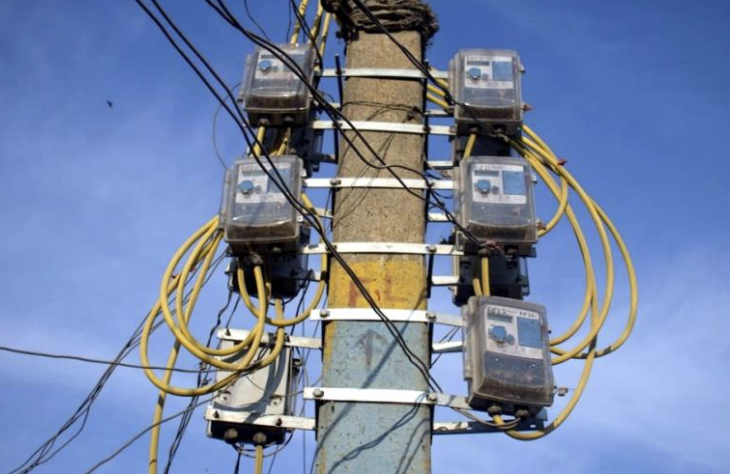SRINAGAR: The J&K Power Development department responds to a news item that was published in a local newspaper in Jammu and Kashmir on September 12 by claiming that the news report is factually false and that the department was not consulted before the news item was published. The hydropower projects in Jammu and Kashmir have been established in both the state and federal sectors, and the UT-owned plants supply 18% of the total amount of energy needed, according to a JKPDD communiqué. It continues by saying that the majority (70%) of the power supply comes from Central Generating Stations (CGS), with the remaining (12%) coming from the Power Exchange/Private Sector.The Baglihar Hydro Electric Project (BHEP), which generates approximately 900 megawatts (MW) of power, accounts for the majority of J&K’s own electricity generation, according to the communique. Other locally owned power generation plants, such as Upper Sindh, Lower Jhelum, Chenani, etc., collectively generate only 200–250 MW. According to the article, UT’s own generating plants produce a total of 1100–1140 MWs of power on average. However, during the winter, when demand is at its highest and river discharge is low, this total drops to 200 MWs.The statement further states that Central Generating Stations (CGS) that are both inside and outside of J&K’s border provide the remaining power needed during the winter. According to the PDD, of the 1140 MW of installed capacity in the UT sector, approximately 1030 MW (88% of the total capacity) is used in J&K, and the remaining 150 MW is sold outside of J&K in order to uphold the agreements that J&K and other entities entered into in 2009. The communiqué further states that throughout the preceding four years, J&K did not add any PPAs for selling power outside of J&K; instead, the same amount was retained as per the prior PPAs.It also states that new PPAs have been signed to double the capacity/availability of power to J&K in the upcoming years, to the tune of 2845 MW, from various power houses (hydro and solar) being developed by CPSUs/JV of J&K & NHPC at nominal price, in the year 2023. Jammu and Kashmir provides one of the lowest tariff prices to its consumers in a number of categories, emphasising its dedication to offering its citizens reasonably priced power, it continues. The communique also states that it is falsely believed that consumers will receive inflated bills when smart metres are installed; however, smart metres are known for precise energy measurement, which has been shown and proven by the department at several consumer premises and public locations. Smart metres also give customers access to real-time data on their energy usage (daily, monthly, and hourly), insights into their average daily consumption, detailed billing information, applied tariff rates, and other pertinent information. All of these features are designed to give customers the information they need to make educated decisions about their energy use, according to the communique.


